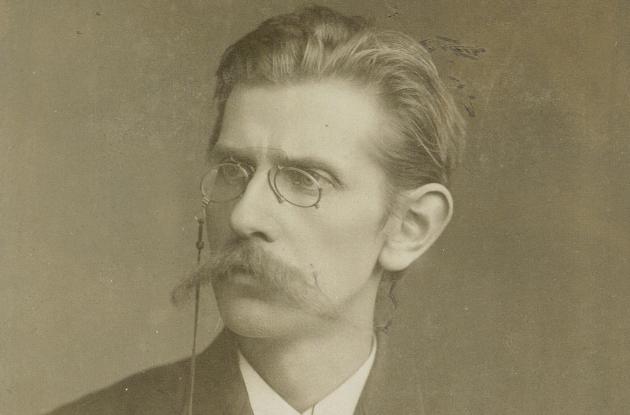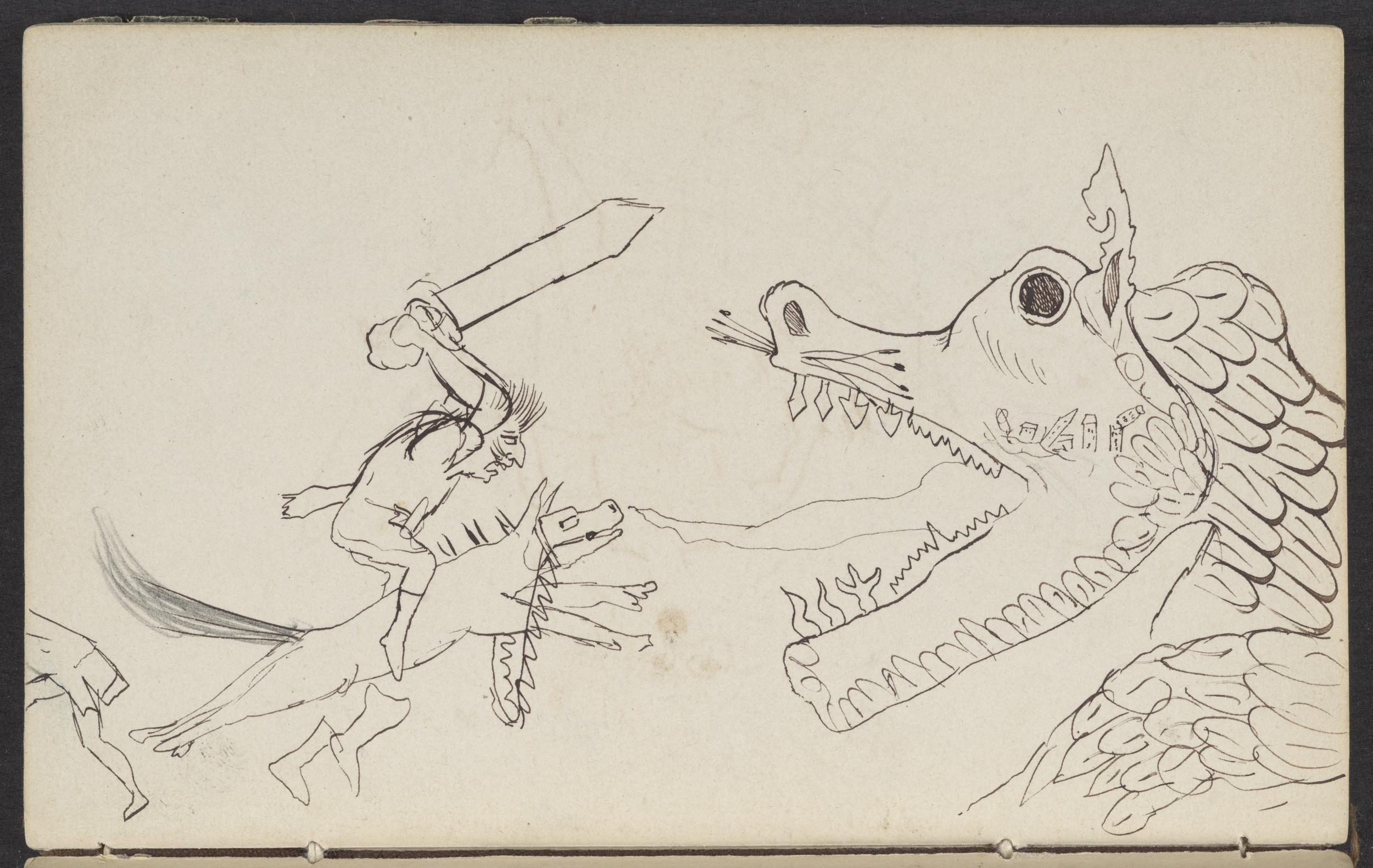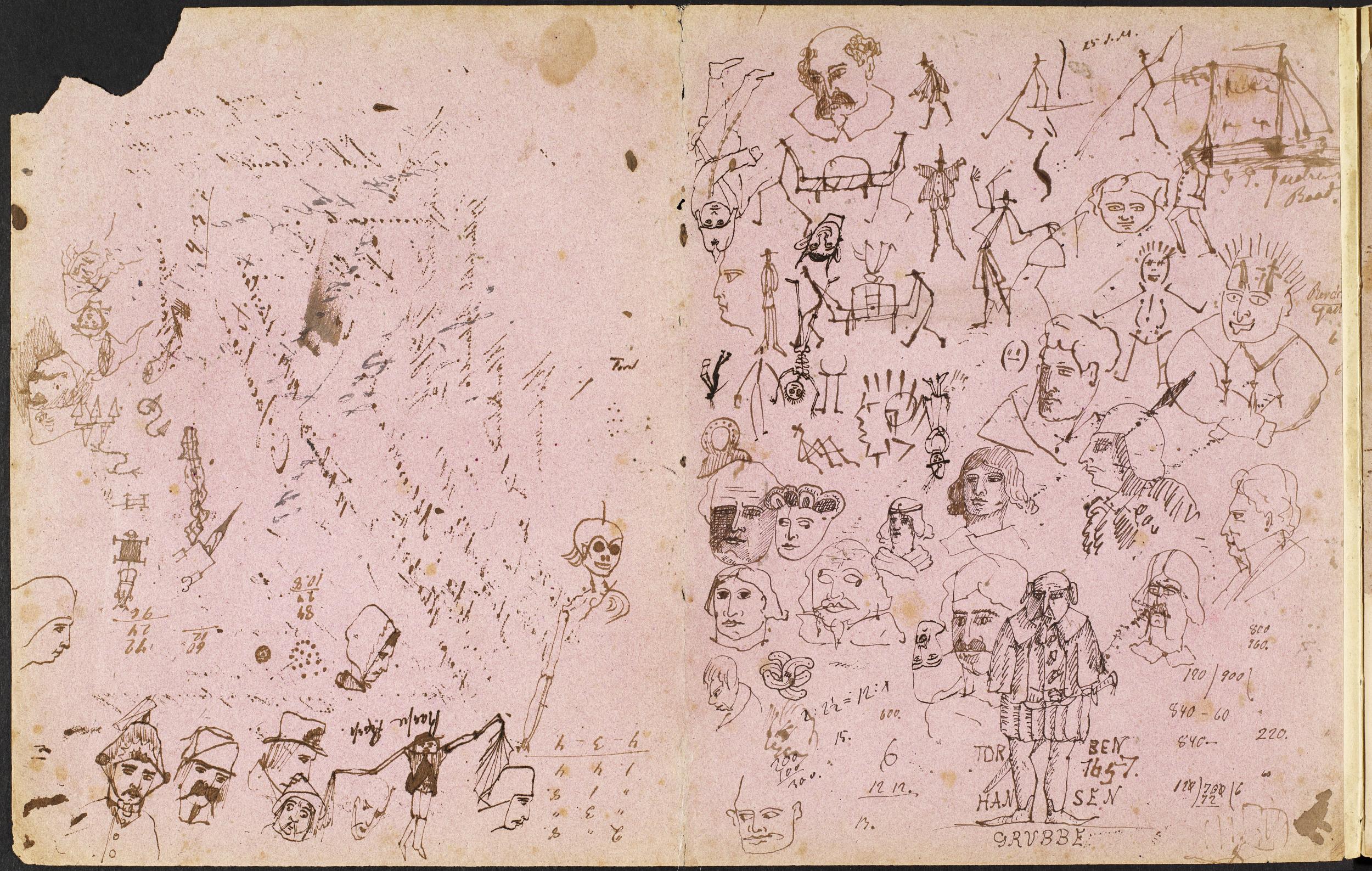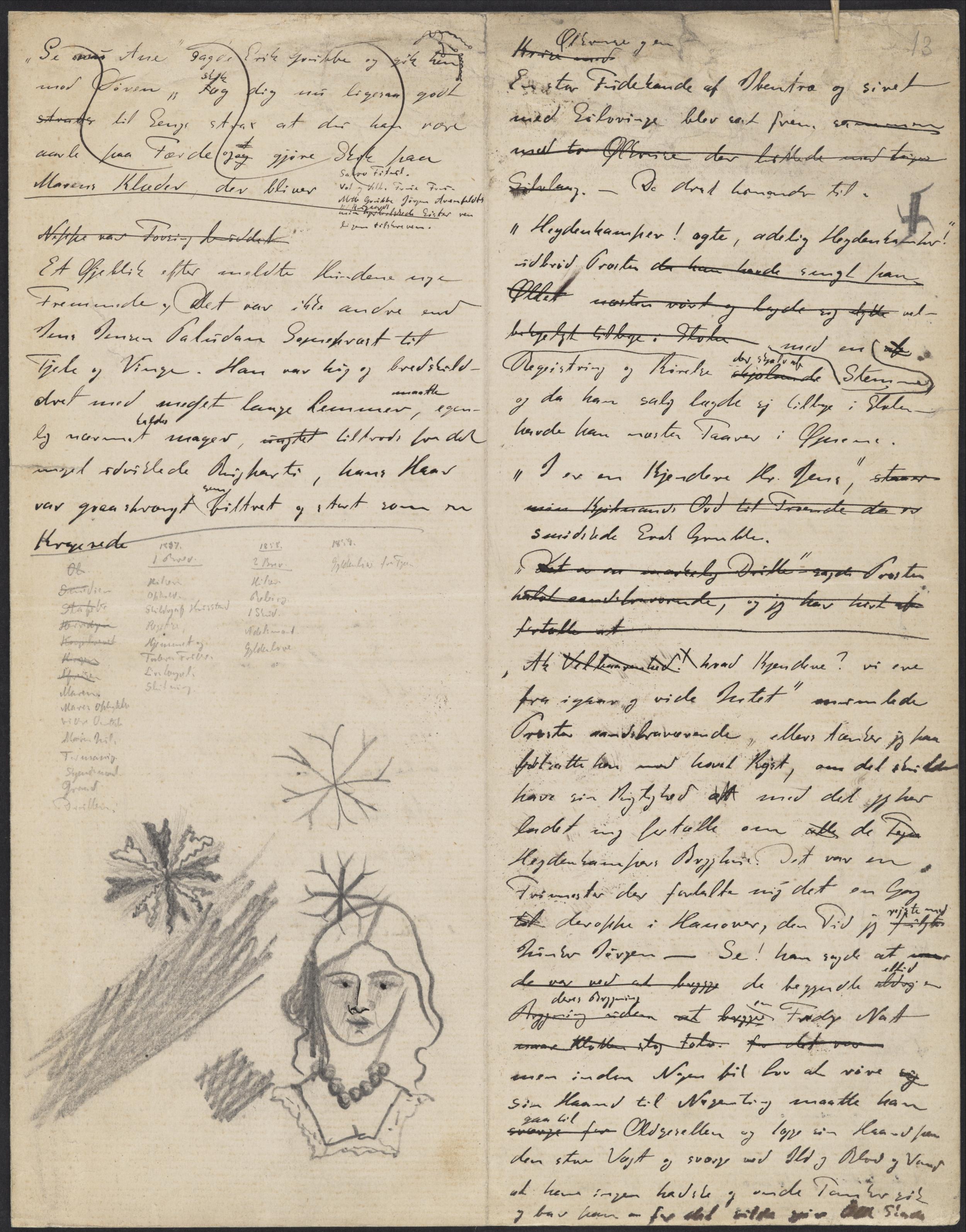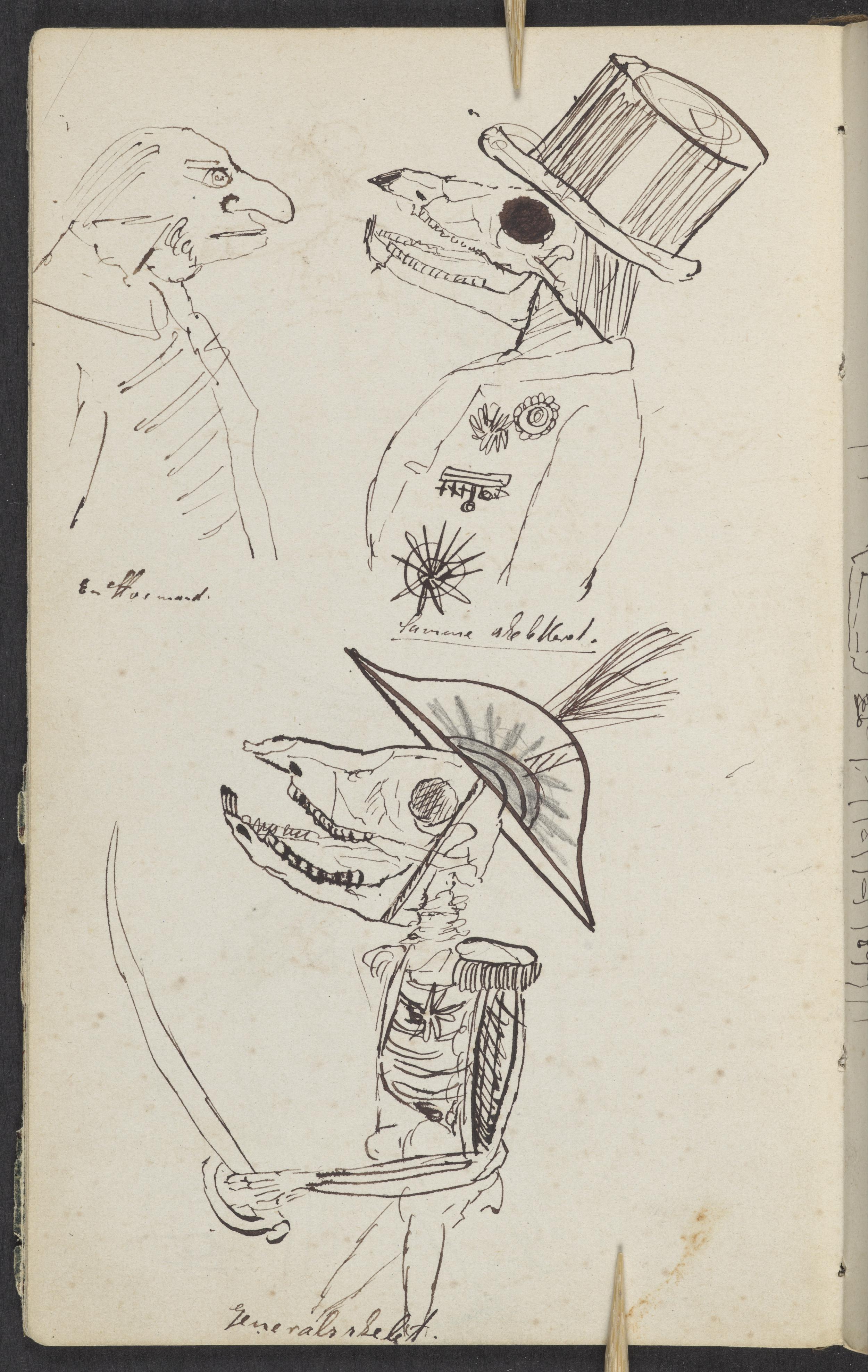JP Jacobsen between science and fiction
JP Jacobsen was torn between science and fiction, but throughout his career he managed to combine the two passions and became both a recognised scientist and author.
JP Jacobsen lived a life characterised by two great passions: literature and botany. Already as a child, he expressed his interest by drawing and writing down observations about the various plants he found in his hometown, Thisted. When he travelled to Copenhagen as a young student, Jacobsen continued his studies in botany at university, while at the same time nurturing dreams of becoming a writer. However, he faced challenges in choosing between the two passions and ended up pursuing both paths, which was not an easy task.
Who was JP Jacobsen?
JP Jacobsen (1847-1885) Danish writer and botanist. Jacobsen is best known for the novels "Niels Lyhne" and "Fru Marie Grubbe", but also wrote short stories and poems. His naturalistic style and themes such as atheism and love were celebrated in contemporary times and he was part of the literary environment around Georg Brandes and the modern breakthrough.
An uncertain career path
The road to becoming both a recognised author and natural scientist was far from simple. Although today we might consider studying science a relatively safe career path, Jacobsen's parents, especially his father, were sceptical of the idea of him pursuing a career as a scientist or writer. When Jacobsen moved to Copenhagen as a young man to study and lacked money, he tried to persuade his parents to send money for a microscope. Unfortunately, his parents did not share his enthusiasm and considered the microscope a bad investment. However, after repeated requests, the parents finally sent money for a microscope. With the microscope in hand, Jacobsen began to study freshwater algae, and in 1872 he was able to submit his gold medal thesis to the university.
Georg Brandes and Charles Darwin
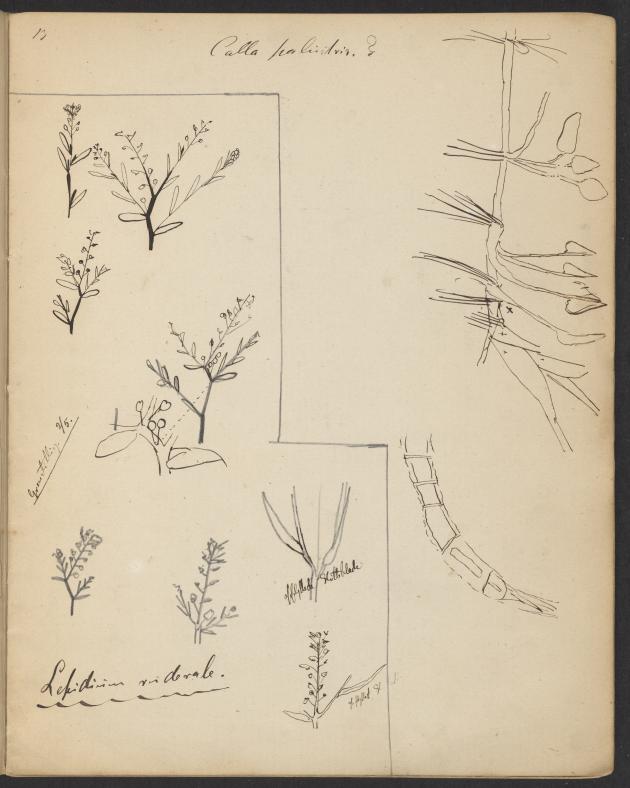
Photo: J.P. Jacobsen
At the same time as his natural science studies, Jacobsen tried to get his first literary works published, but he first encountered rejection from publishers. His first meeting with the important critic Georg Brandes was also a failure, since, on the day they first met, Brandes had just seen a play written by another Jacobsen, and he was not impressed. Later, the misunderstanding was cleared up, and Brandes read Jacobsen's works with great enthusiasm.
During the 1870s, Jacobsen became deeply interested in Charles Darwin's natural science works, and he ended up translating Darwin's main works, including "On the Origin of Species" (1859) and "The Descent of Man" (1871), into Danish. In addition to the translations, Jacobsen described Darwin's theories of evolution in a number of popular science articles. These articles were published in the journal "Nyt dansk Maanedskrift" (1870-1874), edited by Jacobsen's friend, the literati Vilhelm Møller. This journal embraced a wide range of genres and themes, and it was also here that Jacobsen published the short story "Mogens," which explores different forms of love; from youthful dreamy love to a more mature and realistic approach as the main character ages.
Scientific works and fiction
As a modern reader, it may seem remarkable that JP Jacobsen managed to immerse himself in both literature and natural science. But in fact, Jacobsen was not the only writer who dealt with both science and literature. Contemporary authors, such as Carsten Hauch and Vilhelm Bergsøe, had a scientific background and wrote both scientific works and fiction. But by delving into Jacobsen's literary works, you discover that he stylistically integrates his scientific abilities. In the opening of the historical novel "Fru Marie Grubbe" (1876), Jacobsen focuses on the description of the air, the trees and the surroundings in great detail, before the reader is zoomed in on one of the characters' lips:
The air that lay beneath the crowns of the linden trees had cradled itself over the brown heath and the thirsty fields; it had been baked by the sun and dusty by the roads, but now it was cleansed by the dense foliage, cooled by the cool linden leaves, and the scent of the linden's yellow blossoms had moistened it and given it fullness. Now it lay and blinked quietly and blissfully up in the light green valley, caressed by softly quivering leaves and by the flickering wings of white-yellow butterflies. The human lips that breathed this air were plump and fresh, the bosom it raised was young and fine, the bosom was fine and the foot was fine, the waist was narrow, the stature slender, and there was a certain lean strength in the whole figure.
The opening to "Fru Marie Grubbe" is filled with picturesque and detailed descriptions. As a reader, you automatically create mental images of the trees, the surroundings and finally the person being described. Jacobsen's focus on details and objective language make his literary works unique, and one senses that his scientific method of observation lies just below the surface.
Jacobsen's archive
When you look around the archives that we have for Jacobsen, you get an insight into the fact that the sense of observation and detail is something that is part of both his scientific and literary writing processes. In Jacobsen's archive materials you will find a multitude of drawings. It is everything from small doodles drawn in the margins of notebooks to pages full of faces, small details from plants and algae, satirical drawings, fantasy animals and carefully drawn scenes that could have been taken out of his novels.
Jacobsen's archive is rich in drawings, and it is clear that he actively integrated them into the creative process surrounding both his scientific and literary texts. He clearly imagined what his novel characters looked like, including their facial expressions, clothing and the like. In the many portraits found in his notebooks, you can see the naturalistic style that he expressed in writing. He also used the sketches of algae he studied to gain a deeper understanding of their structures and commonalities. An example of this is the portrait of Marie Grubbe in the draft of the novel and the drawings of algae.
The drawings seem to be as important a part of his works as the words. But since the drawings have not been published, the archive can now be used to take a closer look at how the visuals have had an impact on Jacobsen's literature and natural sciences.
Explore the digitisation of JP Jacobsen's archive
Royal Danish Library has digitised JP Jacobsen's archive. The archive consists of letters, drafts, manuscripts, scientific records, personal information, drawings and much more.
